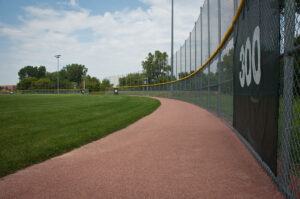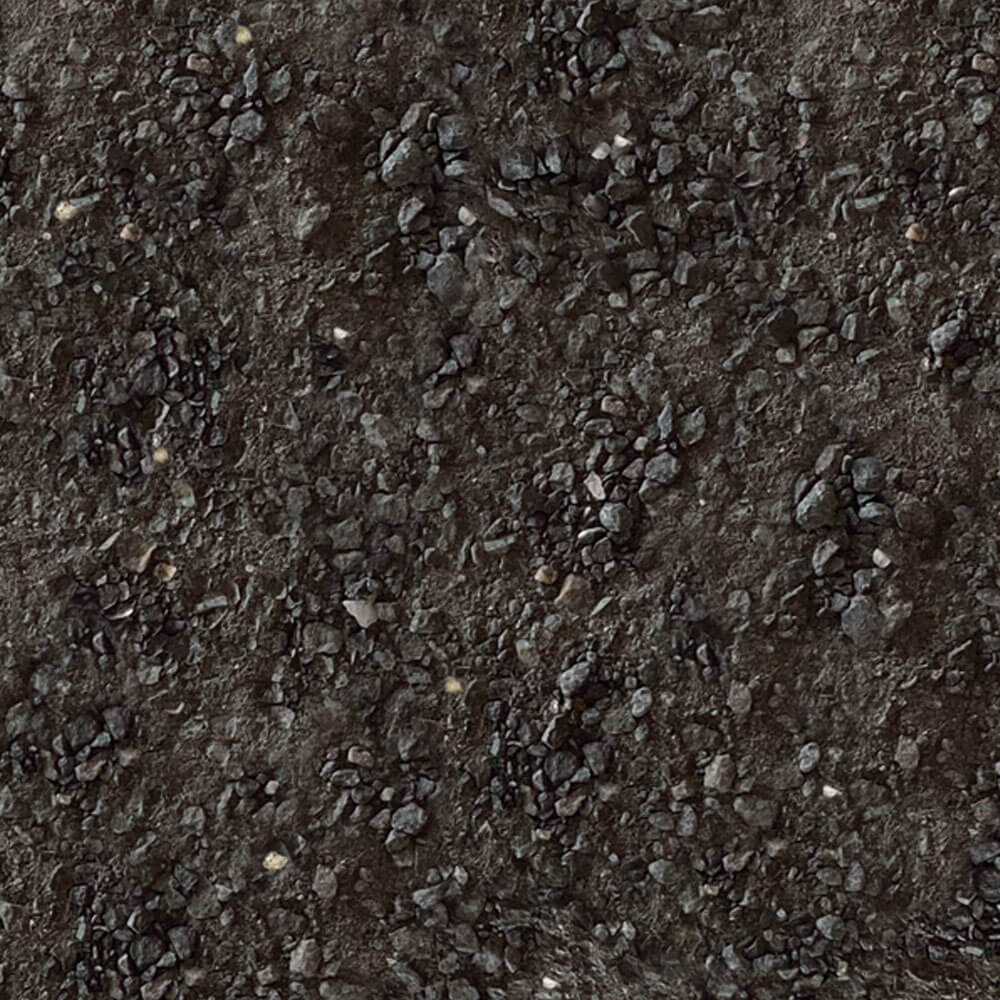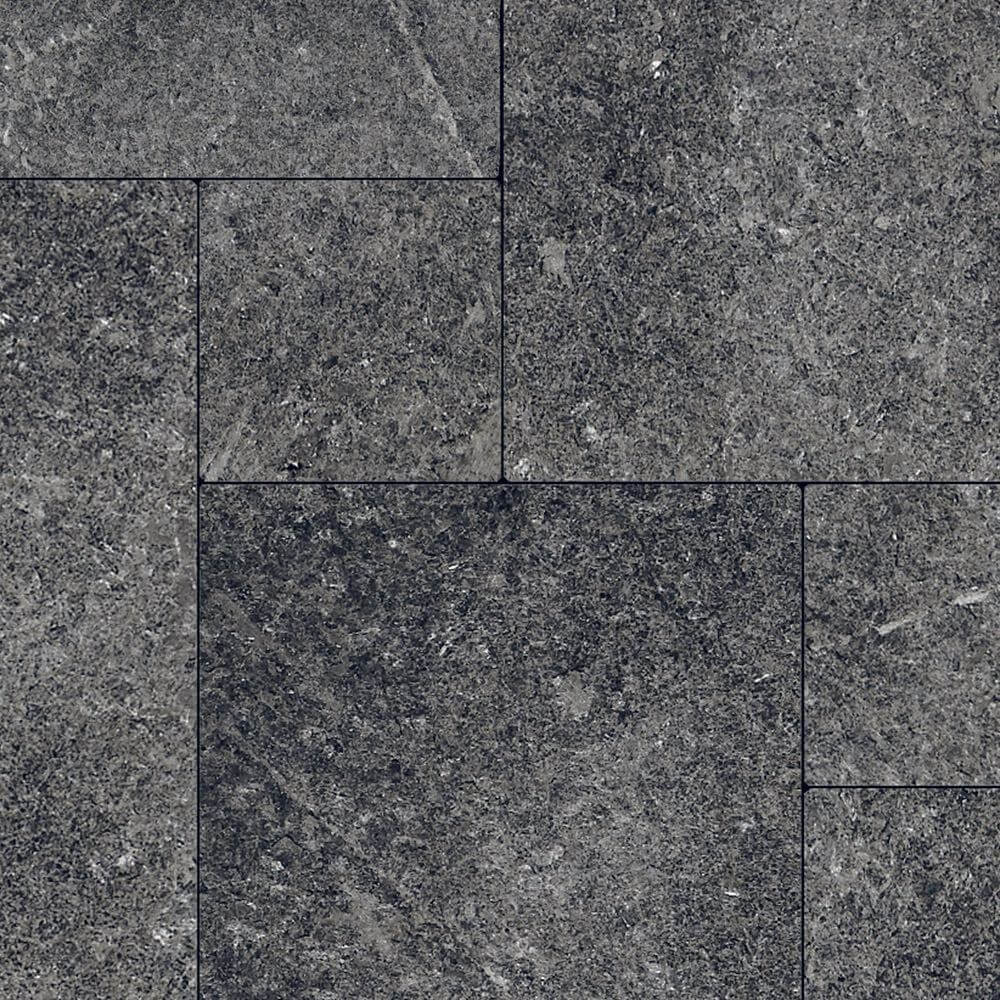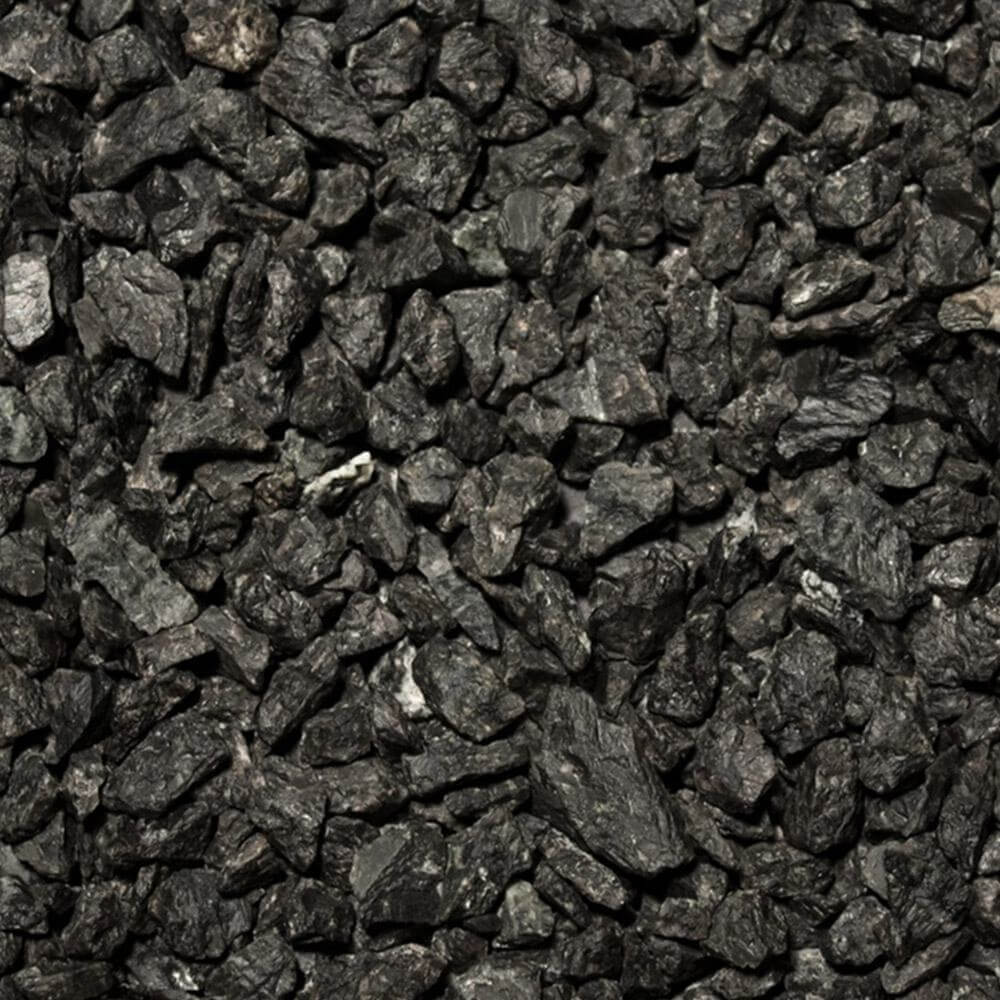Easy Steps to Installing Stabilized Infield Mix & Warning Track Mix
Kafka Granite’s Burma Red Stabilized Infield and Warning Track Mixes are made of a premier blend of our decomposed granite-based infield or warning track mix and a natural stabilizing binder by Stabilizer Solutions. To ensure that maximum stability, permeability and cohesion are achieved from this infield mix, proper installation is critical.
One of the advantages of a decomposed granite-based ball yard mix is its ability to offer superior permeability due to its granular nature while staying compacted better than sand-, limestone- or clay-based infields. Appropriate preparation and installation of the infield or warning track mix and its base materials will help make any ball field safe and stable for all players while significantly minimizing maintenance for groundskeepers down the road.

Easy-to-Follow Installation Steps
Measure and lay out infield or warning track. Per your specific field dimensions, measure where the infield or warning track will be laid. This includes marking where existing sprinklers are.
Excavate. Once laying out the field is complete, it’s time to break ground. For the Burma Red Stabilized Infield or Warning Track Mix, make sure a minimum 3-inch depth is reached all around.
Level native soil. Native soil, the soil that is native to the ground that was just excavated, is often an acceptable base for the Stabilized Infield or Warning Track Mix. However, if your native soil is sandy, you will have to bring in a different clay-based soil for a compacted base. After the base is laid, it should be leveled, preferably with a laser grader.
Water and compact base layer. After the base layer has been leveled, water thoroughly. Allow the base to dry until damp. The base layer should not be muddy. Then, compact the native soil base using a one-ton drum roller. A plate compactor can be used, if necessary, in hard-to-reach areas.
Spread Kafka’s Stabilized Infield or Warning Track Mix. Using a front-end loader, the loose material should be laid down to allow for a minimum 3-inch compacted depth. Note: The estimated coverage for Kafka Stabilized Infield Mix is 70-square-feet per ton for a 3-inch depth and 50-square-feet per ton for a 4-inch depth.
Ensure the infield or warning track is sloped at ½%. A ½% slope of the infield or warning track allows water to drain laterally off the field, which further helps prevent flooding and delayed gameplay. Using a laser grader is preferred to ensure a consistent slope.
Water newly laid infield or warning track. Thoroughly watering Kafka’s Burma Red Stabilized Infield or Warning Track Mix after it’s been laid and sloped will activate the stabilizing binder. It is always better to overwater the infield than not water it enough at this stage of installation. The field should be damp but not muddy.
Compact infield track. Wait 24–48 hours after watering to compact the infield or warning track. The amount of wait time depends on the amount of water used and the local climate. As soon as the field allows, compact with a one-ton roller. Do not use a vibratory plate compactor or the vibratory setting on the roller, as the vibration may separate the stabilizing binder from the aggregate.
Quality assurance and finishing touches. Check the field for low areas. If any exist, add infield or warning track mix as needed and compact. Repeat as necessary until all low areas are gone. Install base anchors and home plate, and get ready for a great season!
If properly installed, Kafka’s Stabilized Infield or Warning Track Mix will provide a low-maintenance, environmentally friendly ball yard that offers the best permeability and stability around. Expect safer footing and consistent ball play all season long.




